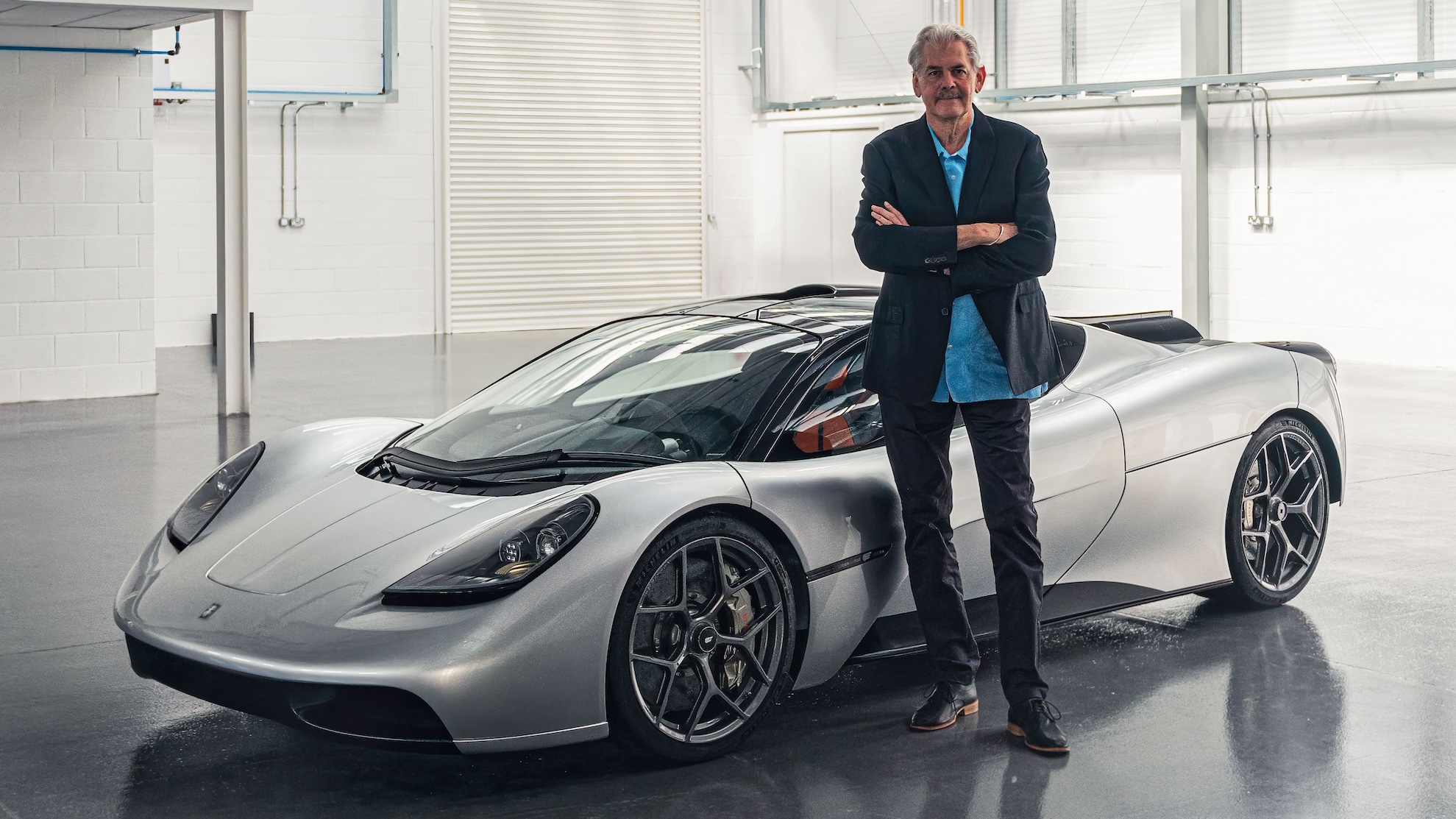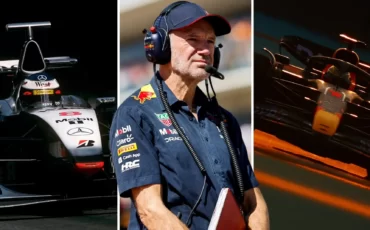Gordon Murray is a name synonymous with innovation and precision engineering. A name known for an unwavering commitment to pushing the boundaries of automotive design. From his early days in Formula One to his contributions to the ever-growing supercar industry, this article delves into the life, career, and lasting impact of the visionary engineer, Gordon Murray.

Early Life
Gordon Murray was no stranger to fast cars and racing. Born on June 18, 1946, in Durban, South Africa, Murray was introduced to the world of racing at an early age by his father — a motorcycle racer who later started preparing race cars.
Gordon Murray’s journey into the world of automotive engineering began in his formative years. Growing up in South Africa, he displayed an early aptitude for mechanics and engineering. His passion for cars and racing eventually led him to study mechanical engineering at Natal Technical College.

In 1967, Gordon Murray built his own race car named the IGM Ford and raced it in the South African National Class for a couple of years. It wasn’t long before Murray’s talents caught the attention of a few in the world of motorsport.
Formula One Entry & Dominance
Murray moved to England In 1969 in search of more opportunities. He then joined the Brabham Formula One team as a designer. This marked the beginning of a prolific period in his career, where he played a pivotal role in shaping the team’s success.

In collaboration with Brabham, Murray introduced innovative concepts, most notably the introduction of the BT46B “fan car” in 1978. This ground-effect car, equipped with a fan at the rear, generated immense downforce, securing a victory for racing legend Niki Lauda at the Swedish Grand Prix.
Transition To The McLaren Formula One Team
Although controversial and later banned, the fan car showcased Murray’s willingness to explore uncharted territories and challenge convnetional norms. During his tenure at Brabham, Murray played a crucial role in designing championship-winning cars. His contributions to the Brabham team earned him accolades, and he soon gained a reputation as one of the most talented engineers in Formula One.
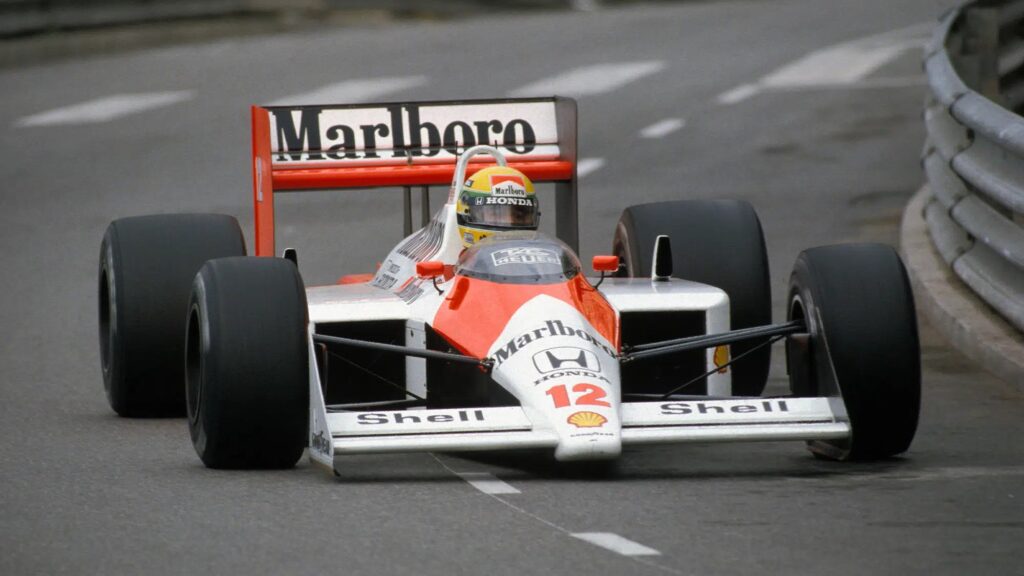
In 1986, Gordon Murray moved to the McLaren Formula One team as a technical director. His ingenuity and technical prowess led to the arrival of the insanely quick McLaren MP4/4. This car would go on to win 15 of the 16 races in the 1988 season at the hands of the legendary Ayrton Senna, bringing home the championship.
The Genesis of McLaren Cars
Today, McLaren is known for its precision-engineered and insanely fast cars. However, the beginning of McLaren Cars was pretty humble. It was after a Formula One race that a discussion on building a road-going supercar took place while waiting for a flight at an airport. This resulted in the birth of McLaren Cars and its very first car — the iconic McLaren F1.

Launched in 1992, the McLaren F1 was a masterpiece of engineering, featuring a central driving position, a gold-lined engine bay, and a top speed of 391km/h. This gave it the world record for the fastest naturally aspirated production car — a record that it held for 24 years!
The McLaren F1 Legacy
The McLaren F1 was not just a performance marvel but a testament to Gordon Murray’s philosophy of uncompromising excellence. With a focus on lightweight construction, aerodynamics, and innovative design, the F1 became a symbol of brilliant automotive engineering.

Murray’s meticulous attention to detail and pursuit of perfection garnered widespread acclaim, establishing him as a luminary in the automotive world. Beyond the racetrack, Murray continued to explore groundbreaking concepts, including the McLaren P1 project.
Gordon Murray Design
In 2007, Gordon Murray founded Gordon Murray Design, a company dedicated to redefining automotive design principles. The focus of the company was not just on high-performance supercars but also on sustainable and innovative transportation solutions. One of the most notable creations to emerge from Gordon Murray Design is the T.25 city car.
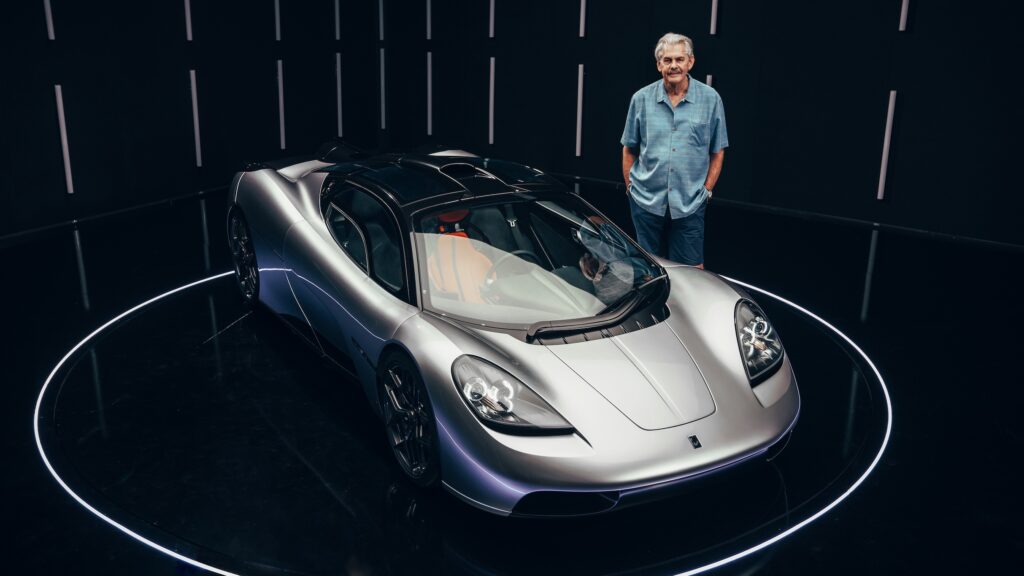
The T.25, introduced in 2010, was a compact and efficient city car designed to address the challenges of urban mobility. With its innovative packaging, lightweight construction, and modular components, the T.25 aimed to set new standards for efficiency and environmental sustainability. The design reflected Murray’s belief that the future of automotive transportation required a departure from traditional norms.
The GMA T.50: Yet Another Gordon Murray Masterpiece
In 2020, Gordon Murray once again captured the automotive world’s attention with the unveiling of the T.50 supercar. Described as the spiritual successor to the McLaren F1, the T.50 embodies Murray’s vision of the ultimate driver-centric supercar. Every aspect of the T.50, from its aerodynamics to its V12 engine, reflects Murray’s commitment to excellence and innovation.

The T.50 features a fan-assisted aerodynamics system, reminiscent of the fan car Murray designed for Brabham in the 1970s. This sophisticated system enhances downforce, cornering stability, and overall performance. With a high-revving, naturally aspirated V12 engine from Cosworth, a manual gearbox, and a central driving position, the T.50 is a celebration of driving purity and a testament to Murray’s unwavering dedication to the driving experience.
GMA T.33 & Upcoming Cars
In 2022, Gordon Murray announced the T.33 supercar, powered by the same engine as the T.50, but built on a completely new platform. This new platform will form the base for Gordon Murray Automotive’s future cars.
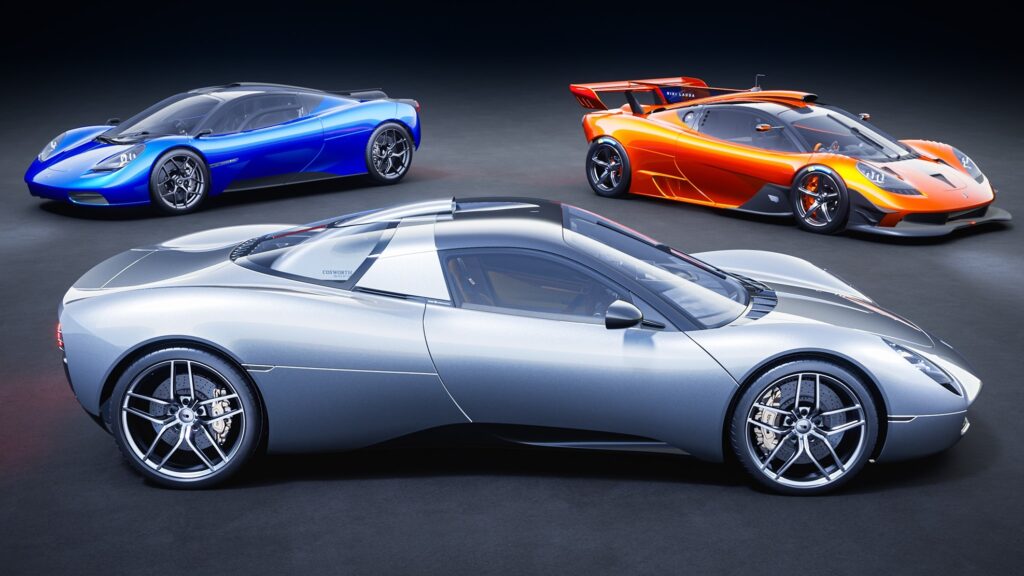
Gordon Murray’s illustrious career, from his Formula One success to his groundbreaking designs at McLaren and his contributions to sustainable transportation, reflects a lifetime dedicated to automotive excellence. His vision has not only shaped iconic supercars like the McLaren F1 and T.50 but has also paved the way for a more sustainable and innovative future.
As the world embraces the challenges of environmental sustainability and the shift toward electric mobility, Gordon Murray stands as a guiding force, inspiring engineers and enthusiasts alike to reach new heights in automotive design and technology.
Also Read:
– Ferrari Testarossa — A Detailed Review Of The Classic Supercar
– Bertha Benz — The First Person To Go On A Roadtrip
– Rabdan One — Top Things To Know About The Made-In-UAE EV

